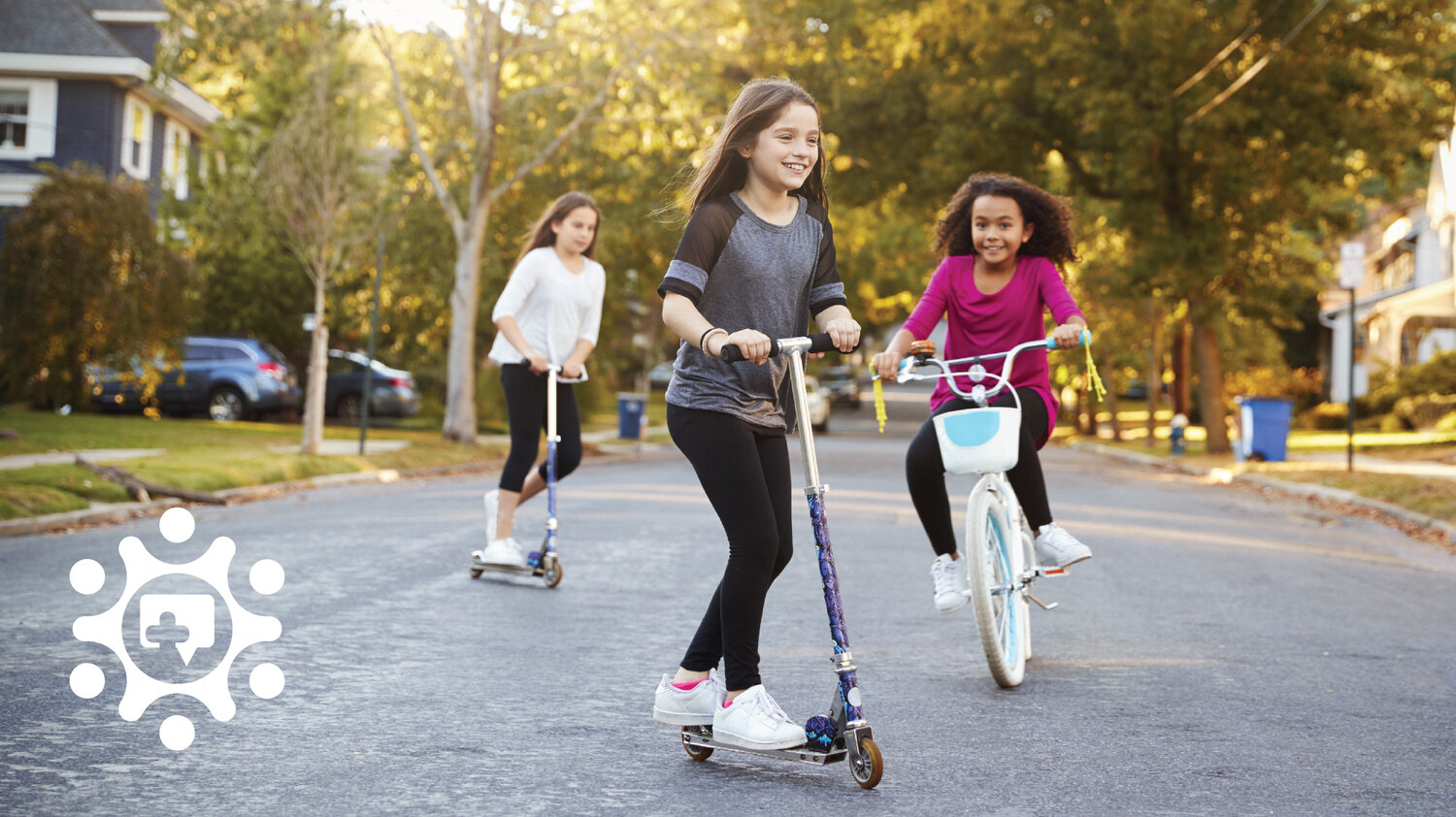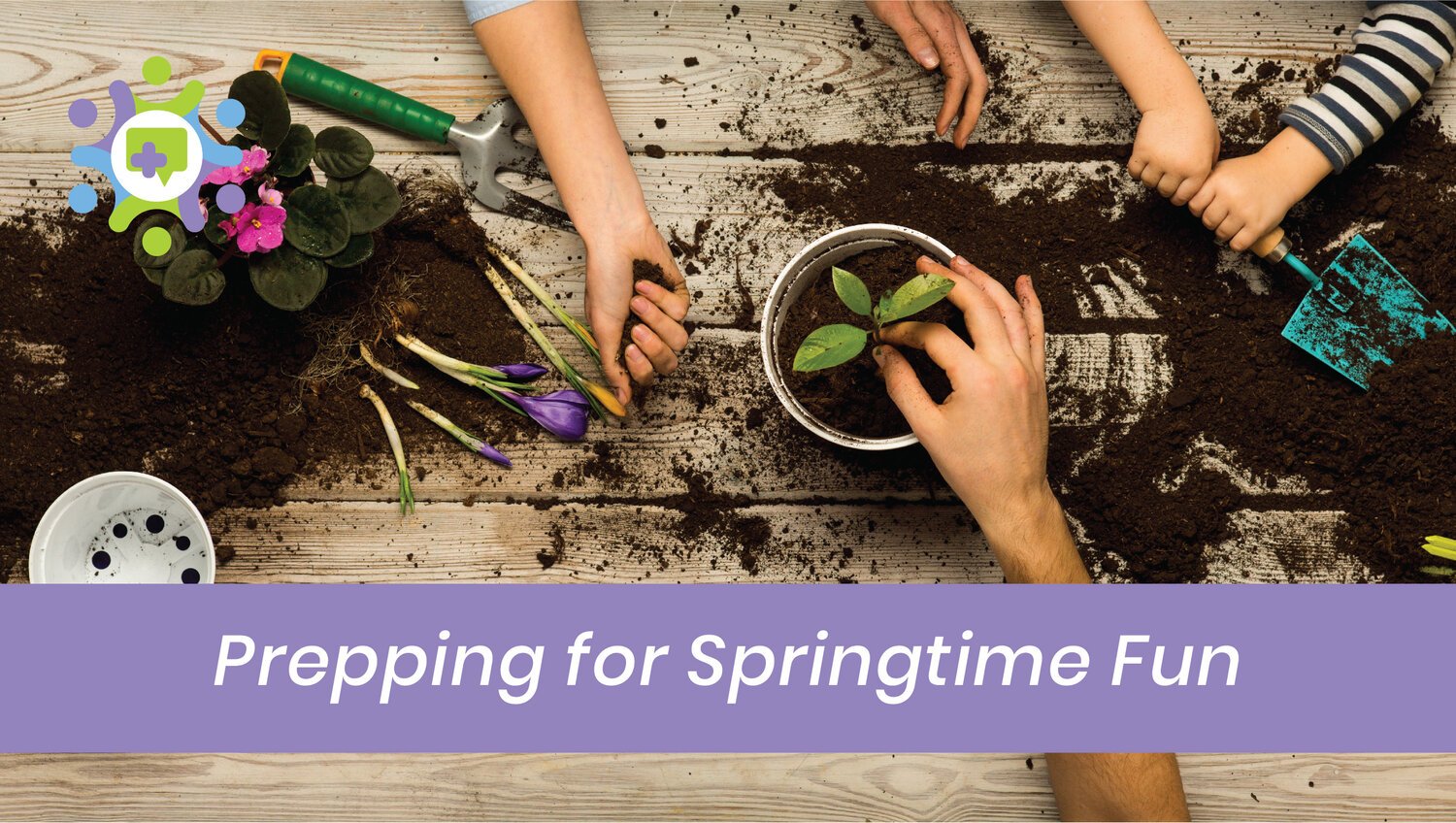Safety Measures to Avoid Bike, Skateboard and Scooter Injuries

Kids are always on the move – biking, skateboarding, or scootering. But with this mobility comes the risk of serious injury. You can help your child remain injury-free by ensuring all safety precautions are taken before he or she heads out the door.
Rule Number One – Buy a Helmet
A helmet is a must for riding a bike, skateboarding, or scootering around the neighborhood. A study conducted by the Centers for Disease Control and Prevention found only 15 percent of kids use a helmet most or all of the time when riding bikes. According to the U.S. Consumer Product Safety Commission (CPSC), 85 percent of bike-related injuries, many being head injuries, can largely be prevented if a child wears a bike helmet.
When purchasing a helmet, make sure it fits and that it has a CPSC sticker, which means it meets or exceeds that organization’s standards. The helmet should always be worn level, covering your child's forehead, with the strap fastened.
Once you have your child's head protected, make sure these other safety measures are in place:
Bikes
- Make sure the bike fits. Your child’s feet should touch the ground when seated.
- Younger children should ride bikes that brake when the pedals are pushed backward. Children with bikes that have handle brakes should be able to use them easily.
- Teach your child the rules of the road, such as stopping at stop signs, checking for traffic before turning, using hand signals, and riding with traffic – not against it.
- Dress your child in bright clothing.
Skateboards
- Shorter boards are best for beginners because it is easier to balance on them.
- Inspect the skateboard before each ride for signs of wear and tear. Have a professional make needed repairs.
- Help your child learn how to fall. If your child starts losing their balance, they should crouch down to not have as far to fall.
- Your child should wear wrist guards and elbow and knee pads.
- Only allow rides on smooth surfaces.
Scooters
- Have your child learn the basic skills from someone who knows how to ride a scooter.
- Show your child how to steer and brake.
- Make sure he or she is wearing wrist protectors, knee and elbow pads, and proper shoes.
- Don’t allow downhill rides, rides on uneven or slippery surfaces, crowded streets, or at night.
Following these safety precautions will help put your mind at ease so your children can merrily roll along.
*Source: Centers for Disease Control and Prevention, cdc.gov
*Source: U.S. Consumer Product Safety Commission, cpsc.gov
*Source: John Hopkins Medicine,hopkinsmedicine.org


